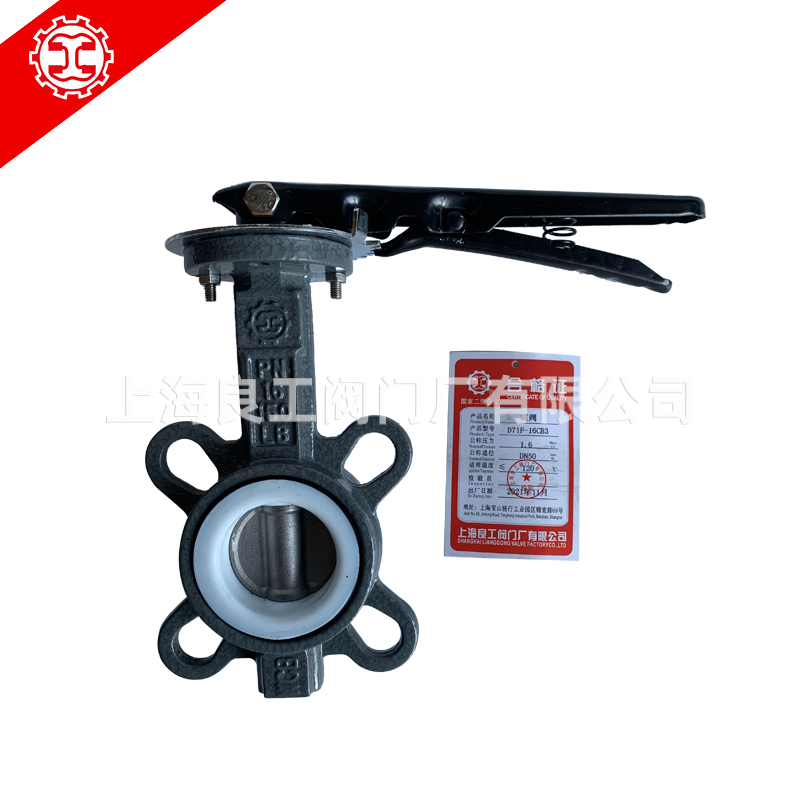Classification
By power source:

Automatic valves: These types of valves operate relying on the force of the medium itself, such as check valves, pressure
reducing valves, steam traps, and safety valves, etc.
Drive valves: These valves are controlled by external forces such as human power, electricity, hydraulic power and pneumatic
power, including stop valves, throttle valves, gate valves, butterfly valves, ball valves and plug valves, etc.
In addition, valves can also be classified according to their structural characteristics.
By purpose
Shut-off valves: These types of valves are mainly used to cut off or connect the medium in pipelines, such as stop valves,
gate valves, ball valves and plug valves, etc.
Control valves: They can regulate the pressure or flow rate of the medium, such as pressure reducing valves and control valves.
Check valve: The function of a check valve is to prevent the backflow of the medium.
Distribution valve: This type of valve is used to change the flow direction of the medium and play a distribution role, such as
three-way cock and three-way stop valve.
Safety valve: When the pressure exceeds the set value, the safety valve will discharge the excess medium to ensure the
safety of the equipment.
Gas-blocking drain valves: They are mainly used to retain gas and remove condensate water, such as steam traps.
Classified by the operation method
Manual valves: This type of valve is operated by human power through handwheels, handles, etc.
Electric valve: A valve that is operated by electricity.
Pneumatic valve: A valve operated by compressed air.
Hydraulic valve: A valve that is operated by transmitting external force through liquids such as water and oil.
Classified by pressure
Vacuum valve: Suitable for applications where the absolute pressure is less than 1 kilogram per square centimeter.
Low-pressure valve: A valve with a nominal pressure less than 16 kilograms per square centimeter.
Medium-pressure valves: Valves with nominal pressure within the range of 25 to 64 kilograms per square centimeter.
High-pressure valves: Valves with nominal pressures ranging from 100 to 800 kilograms per square centimeter.
Ultra-high pressure valves: Valves with a nominal pressure reaching or exceeding 1000 kilograms per square centimeter.
By medium temperature
Ordinary valves: Suitable for applications where the medium temperature ranges from -40 to 450℃.
High-temperature valves: Used in situations where the medium temperature is between 450 and 600℃.
Heat-resistant valves: Suitable for occasions where the medium temperature exceeds 600℃.
Low-temperature valves: Used in situations where the medium temperature ranges from -40 to -70℃.
Cryogenic valves: Suitable for applications where the medium temperature ranges from -70 to -196℃.
Ultra-low temperature valves: Used in situations where the medium temperature is below -196℃.
Classified by nominal diameter
Small-diameter valves: Valves with a nominal diameter of less than 40 millimeters.
Medium-diameter valves: Valves with a nominal diameter ranging from 50 to 300 millimeters.
Large-diameter valves: Valves with a nominal diameter greater than 300 millimeters.
Classified by nominal diameter
Large-diameter valves: Valves with a nominal diameter ranging from 350 to 1200 millimeters.
Extra-large diameter valves: Valves with a nominal diameter exceeding 1400 millimeters.
Please note that the above classification is not fixed. Valves can also be classified from other perspectives.
But as long as we master these basic classification methods, we can better understand and grasp the wide variety
of valve products in the market.
In addition, the model of the valve is also very important information. According to the provisions of the
"Valve Model Compilation Method", the model of a valve consists of seven units, each of which has its specific
meaning and function. Understanding the composition of these models is crucial for the selection and use of valves.
 CN
CN RU
RU








 陕公网安备61010402000899
陕公网安备61010402000899